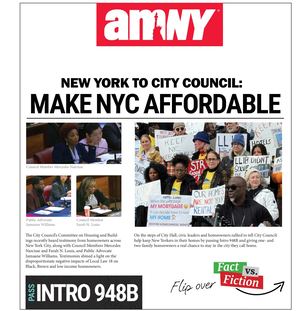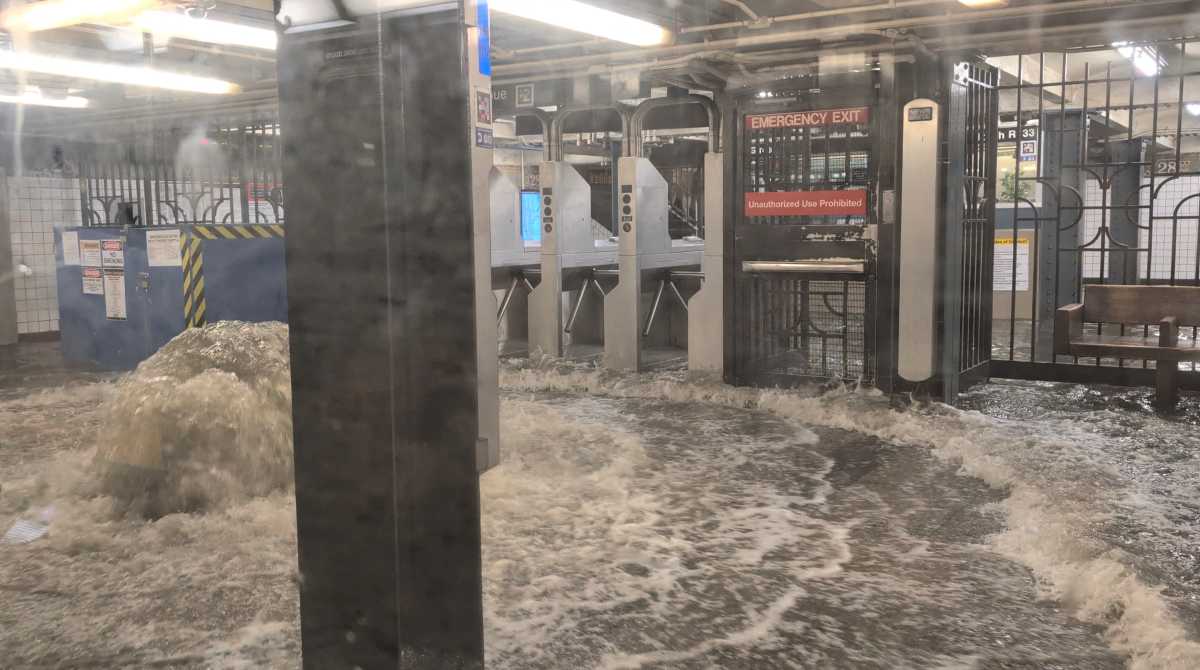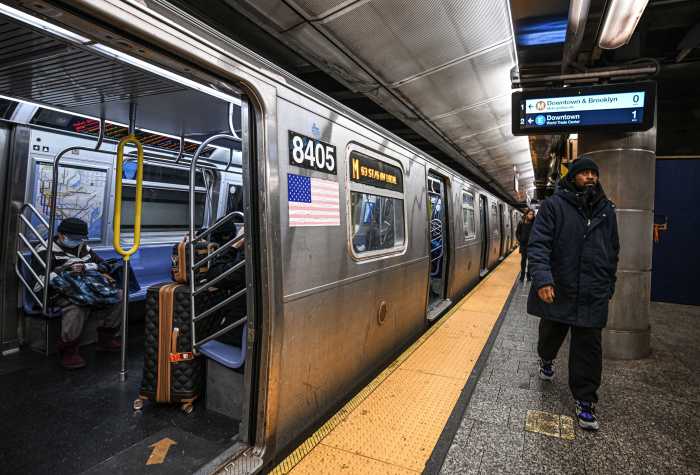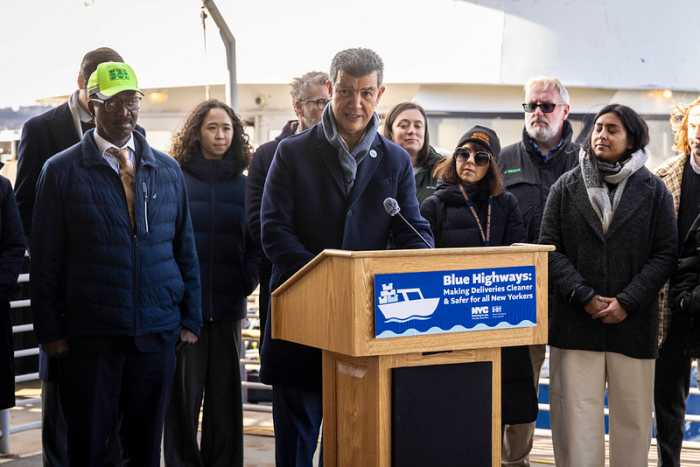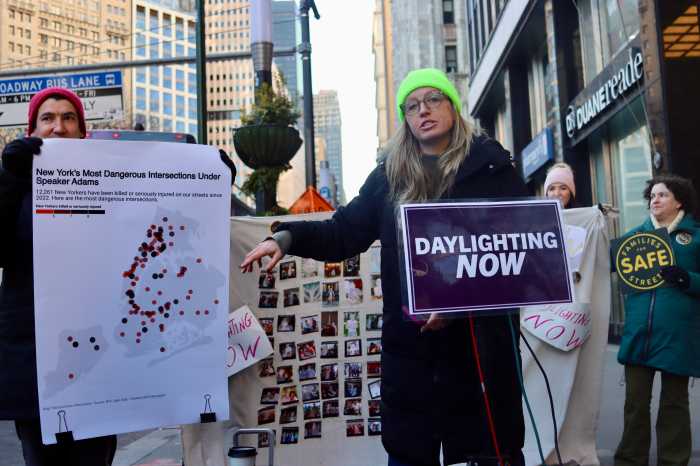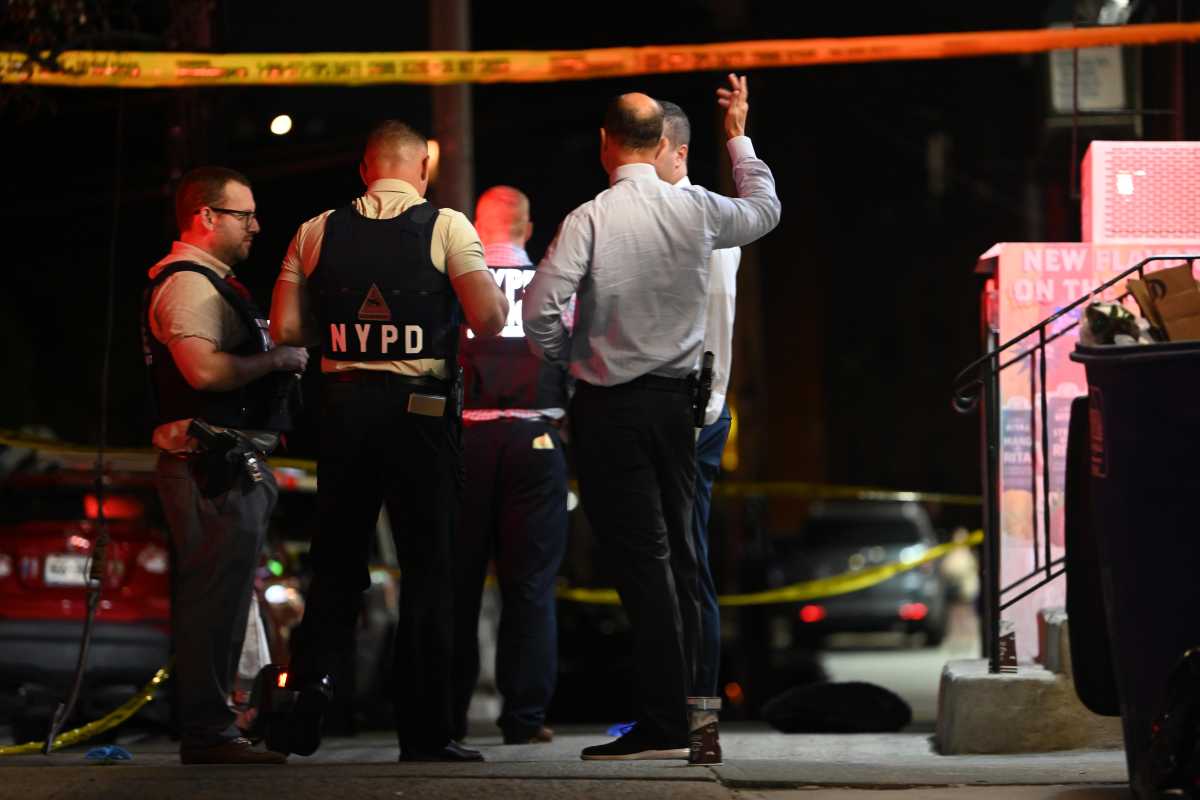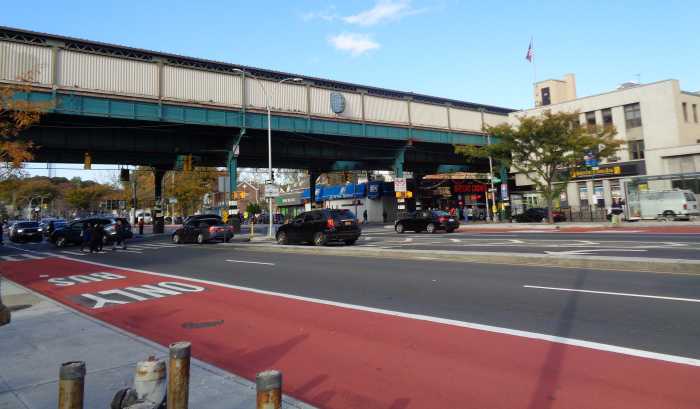Thirteen years after Hurricane Sandy and following a year marked by significant subway service disruptions due to flooding, the MTA on Wednesday showcased progress made on its climate resilience roadmap, which includes collaboration with NYC to combat the growing threat of extreme weather.
During an Oct. 29 board meeting, Janno Lieber, chair and CEO of the MTA, urged his own agency, as well as city and state governments “to step it up” and do more to protect the transit system from storm damage.
Lieber made the push on the anniversary of the massive East Coast storm, which took place on Oct. 29, 2012, knocking out much of the city’s infrastructure. Though he pushed for more to be done, Lieber also highlighted the extensive work the agencies have done to protect the system from stormwater damage, including the lining of nearly 500 subway manhole covers, raising railroad substations off the ground and added protection to subway fan plants.
“But these are mostly improvements meant for coastal surge when the water is on our coast,” Lieber said. “The other impacts of climate change — torrential rainfall, extreme heat, sea level rise — need also a lot of investment.”
Eric Wilson, senior vice president of climate and land use for the MTA, highlighted updates to the agency’s ongoing commitment to climate adaptation. In 2024, the MTA made a series of goals for climate resilience and integrated these into its capital projects. Two flooding events this year have underscored the urgency of these efforts.
Major rain events severely impacted MTA services, including a July 14 downpour that dropped two inches of water on to Manhattan and the Bronx, impacting multiple subway stations, bringing parts of the system to a halt. Another incident just weeks later on July 31 saw 2.75 inches of rain on the city, significantly impacting Long Island Rail Road (LIRR) service.
In both incidents, service was restored the following day. These events such as these can overwhelm the city’s sewer system, leading to significant runoff into subway vents and exacerbating flooding risks, MTA reps said.
The MTA has allocated $700 million for subway stormwater resilience within its current five-year capital plan.
Wilson called on NYC agencies to “increase the pace” of investments in several locations across the city that have had chronic climate-related impacts.
“Often times you’ll see as you walk around the city there are locations that have low curbs or catch basins that may be clogged,” Wilson said. “During dry weather, we don’t necessarily notice these things, but these things start to exacerbate impacts on the subway system during a torrential rainfall event.”
Low curbs and clogged catch basins are managed by the NYC Department of Transportation (DOT) and the NYC Department of Environmental Protection (NYCDEP), respectively. amNewYork reached out to both agencies for comment. The DOT referred inquires to the DEP.
“We continue to work collaboratively with the MTA to address flooding, but they need to realize that additional funding requires water rates to go up for all New Yorkers,” Commissioner Rohit Aggarwala said. “We also need the MTA to help us accelerate stormwater projects that cross MTA facilities.”
A few key areas that the city has improved include Lexington Avenue and E. 110 Street. Here, the DEP cleaned and inspected nearly 5,000 linear feet of low-lying sewers, which are also known as “siphons.”
Similarly, at Northern Boulevard near 40th Avenue and 31st Street, the agency took the same improvement action on over 3,300 linear feet of the low-lying sewers.
Wilson said the MTA has taken action to keep stormwater out of the trains, including installing stormwater runoff protections — such as an added top step at subway entrances to allow rain to flow away from stairs — and upgrading hydraulic systems at some locations.
“We do have an interagency task force that includes members from NYCDEP and NYCDOT,” Wilson said. “The idea is we all collaborate, we go to the site and try to troubleshoot what happened, what led to service impacts and what agencies need to do to reduce those impacts on MTA infrastructure.”
While the city has added some short-term solutions to streets and sidewalks where subway entrances are located, there are still “critically impacted” communities where NYCDOT and NYCDEP action is needed.
One location includes 7th Avenue at 23rd Street, where a curb is only 2.5 inches near subway vents.
“Part of the reason we’re constantly seeing stormwater impacts on the 7th Avenue line in this location is because of these very low curb heights where it’s very easy for stormwater to runoff into subway vents and into stations,” Wilson said, adding that the DOT would have to address this issue.
While the MTA continues to fortify its own system, the updates highlighted this week also represent a direct call for the city to make more infrastructure improvements to help the MTA mitigate the impacts of heavy rainfall on the transit system.
